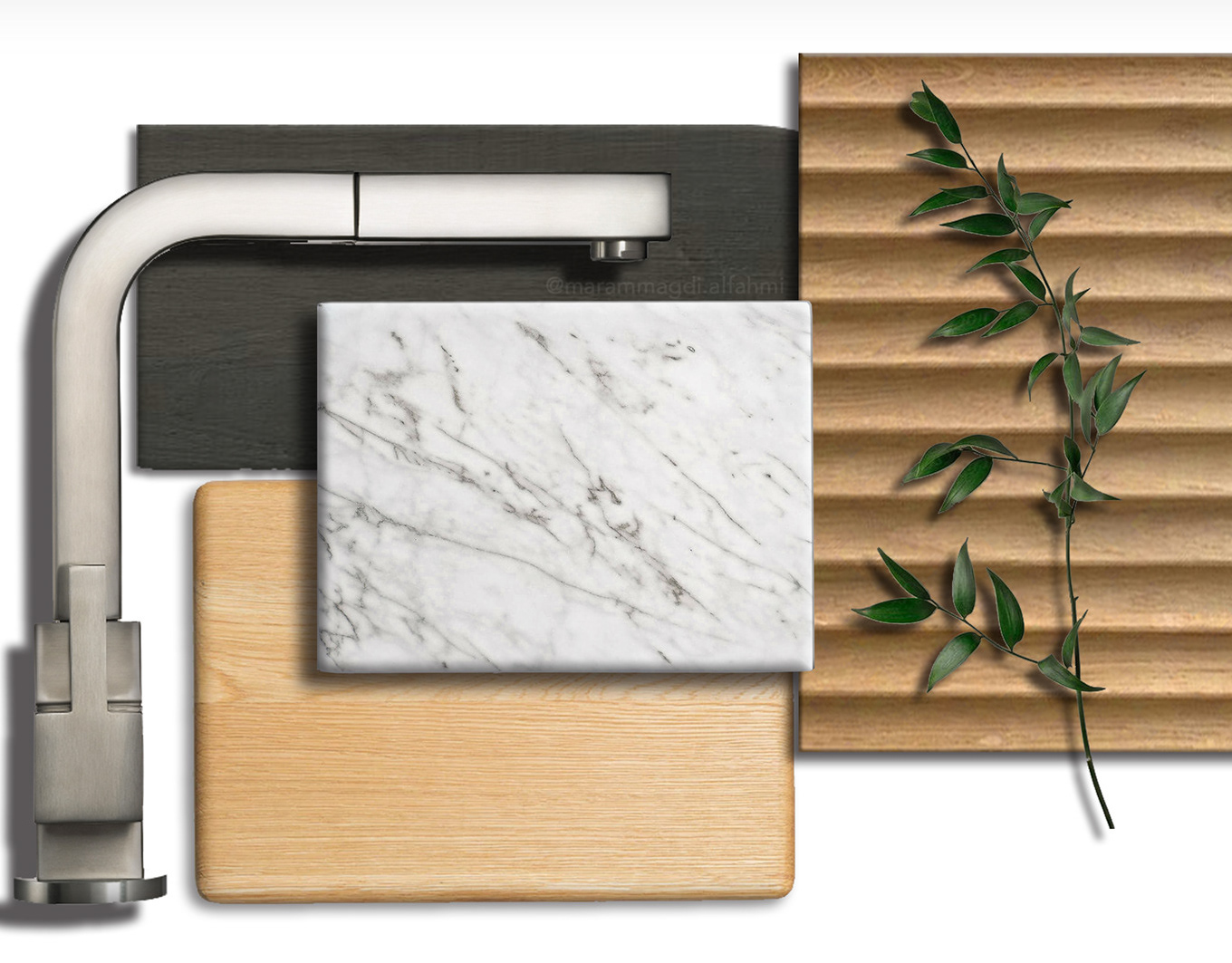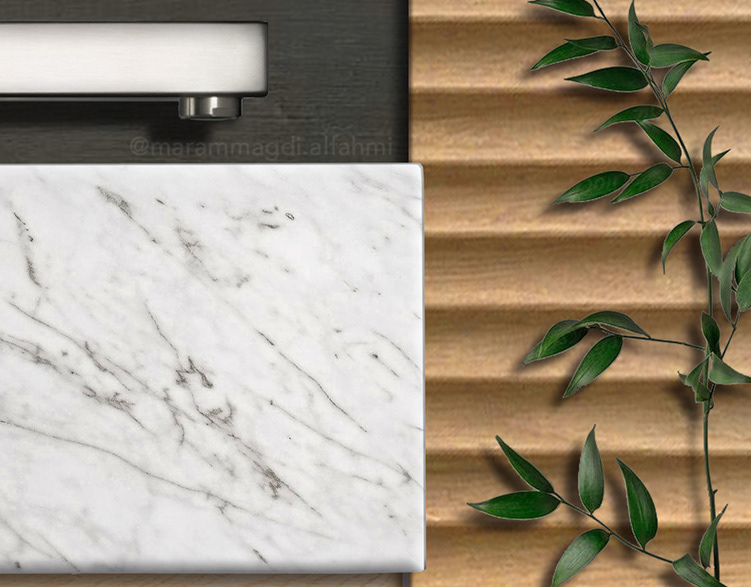Dual Care is about the bilateral maintenance between human users and non-animate objects (specifically furniture) for the benefit of residents and furniture alike. Interactions aim to improve psychological and mental health for the resident (by encouraging decluttering), while aiding the materiality, longevity and sustainability of the furniture. This comes from the realization that most people are unaware that the impact of design goes beyond the immediate problem-solving aspect and extends into the broader context of the world. A crucial relationship, often overlooked, in this entire process is the interconnectedness between humans and things. Humans are partly shaped by things, including the things that we design. To understand humans, we also have to understand objects and their impacts on our own life and on design in itself.
Additionally, with design fields like architecture and interior design, there comes the issue where continuous care and maintenance is required to keep the targeted problems 'solved' within its limited affordances - to put it frankly. These problems range from global-wide issues like sustainability to individual-level issues like psychology and mental health. With maintenance being a daunting task to keep up with, it could deteriorate the psychological and mental health even more. 'Dual Care' seeks to bridge the gap in fulfilling the psychological and mental objectives of interior design for individuals through a mutually beneficial relationship with furniture. Some theories and concepts studied to understand objects and their relationship with users included object-oriented ontology (OOO) and post-human design.
This culminated with an instructions guide on how to interact with and take care of the furniture, along with a website where users can test how life would look like with humanized furniture through a few simulated events. Users can interact with other users live - living as residents in a single unit - to test and experience the humanized furniture (theoretically before purchase).















